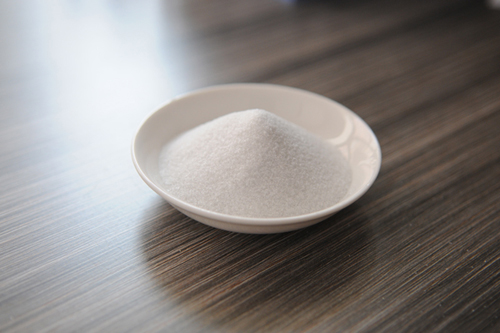
Interest remains keen in metal matrix composites due to their desirable physical properties, such as greater stiffness, better wear resistance, lower density, and other advantages as compared with the standard materials.

Interest remains keen in metal matrix composites due to their desirable physical properties, such as greater stiffness, better wear resistance, lower density, and other advantages as compared with the standard materials. BCC Research reveals in its new report that despite these advantages, the market still remains modest or undeveloped compared with its potential. New product development, marketing, and technical servicing will be keys to its adoption.
MMCs are a new class of advanced composite materials that combine the properties of high strength and high stiffness, low weight, corrosion resistance, and in some cases special electrical properties. This combination of properties makes advanced composites very attractive for aircraft and aerospace structural parts and increasingly in other applications. The most commonly used MMCs are aluminum, magnesium, copper/titanium alloys as a matrix with aluminum oxide (Al2O3) and silicon carbide (SiC) as reinforcements.
The global metal matrix composites market should reach $431.1 million by 2020 from $326.9 million in 2015, reflecting a five-year compound annual growth rate (CAGR) of 5.7%. The largest application market, ground transportation, should reach $203.2 million by 2020 from $156.9 million in 2015, at a CAGR of 5.3% from 2015 to 2020. The space research and defense systems market should reach $52.5 million by 2020 from $37.6 million in 2015, at a five-year CAGR of 6.9%, the highest rate along with the Others segment.
The space and defense systems, nuclear energy and aircraft industry MMC markets should experience the strongest growth. Ground transportation also is expected to grow at a substantial rate. Geographically, the most rapid growth in MMC consumption will occur in China and other East Asian nations as a sizeable share of many key end-use market industries migrate to China and elsewhere.
Progress in reducing the cost of manufacturing MMC components would aid their adoption in cost-sensitive industries such as transportation. Both private sector and public initiatives are seeking to promote the use of MMCs in non-transportation and non-aerospace applications. Some of the technological and economic barriers are being overcome, although not at the pace most industry participants would prefer. High costs of production, availability, informational and technical issues remains barriers to market expansion.
"The MMC business is a relatively small industry, at only $306.5 million in global revenues in 2014, and consisting of fewer than 200 companies competing at varying levels, most of which are specialized," says BCC Research analyst Karen Shah. "The major competitive factors affecting this business include product design and quality, performance characteristics, pricing and product availability. Many suppliers compete in the same market segments, and corporate recognition (or reputation) is gained through advertising and promotion, and has become an important factor."
Metal Matrix Composites: The Global Market (AVM012E) analyzes technology developments, market conditions, prospective opportunities, new and potential products, and end-use application markets. Analyses of global market drivers and trends, with data from 2014, estimates for 2015, and projections of CAGRs through 2020 also are provided.